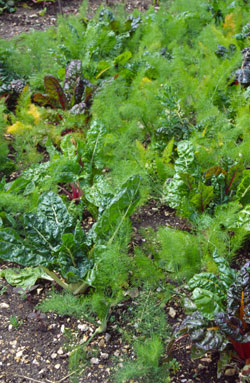 Learn How to Design and Plan Natural Gardens
Learn How to Design and Plan Natural Gardens
A permaculture system is a unique landscape where plants and animals live balanced in a self-sustaining ecosystem). It commonly involves developing a garden or farm where the plants and animals are put together in such a way that they support each other's growth and development. The garden or farm may change over years, but always remains productive, requires little input once established, and is environmentally sound.
Expand your permaculture know-how
This is an intensive foundation course. If you are only going to take one permaculture this is the ideal choice. If you take this course, do not do Permaculture I, II, III or IV as well (Permaculture Systems contains parts from the others).
This course provides a sound starting point for setting yourself up as a permaculture or sustainable garden designer.